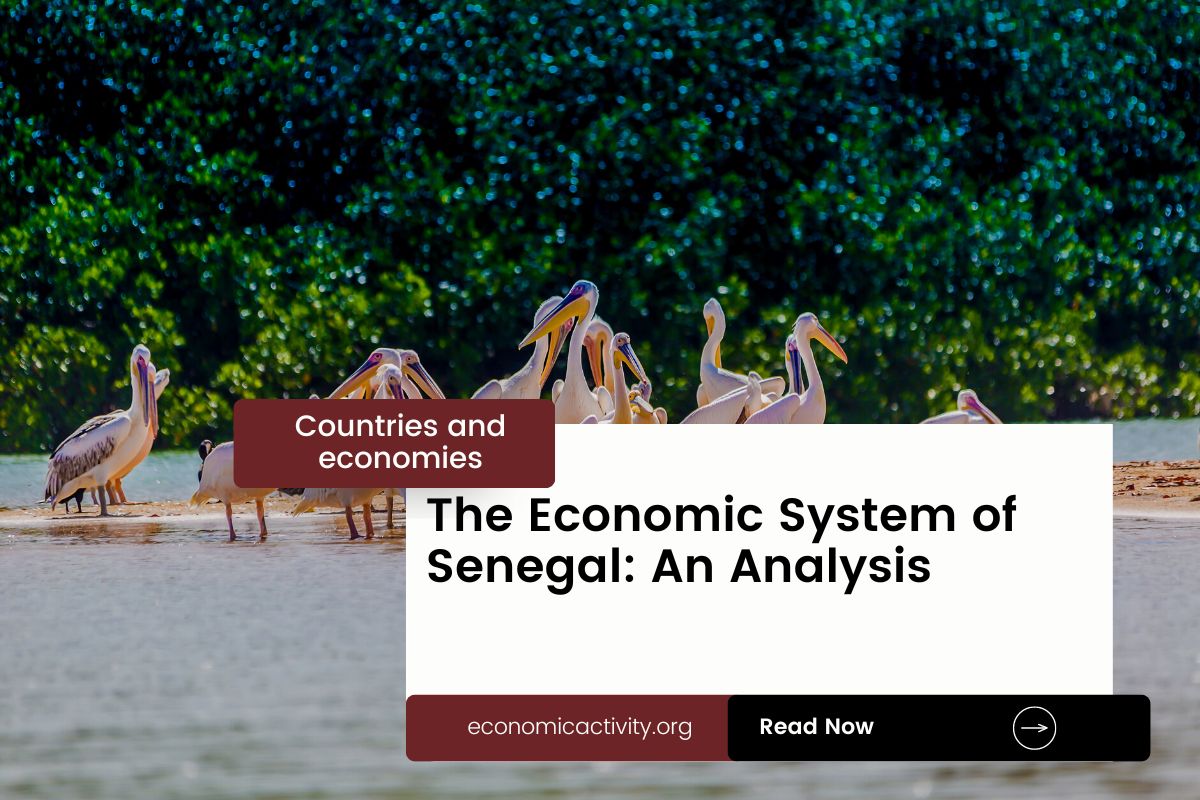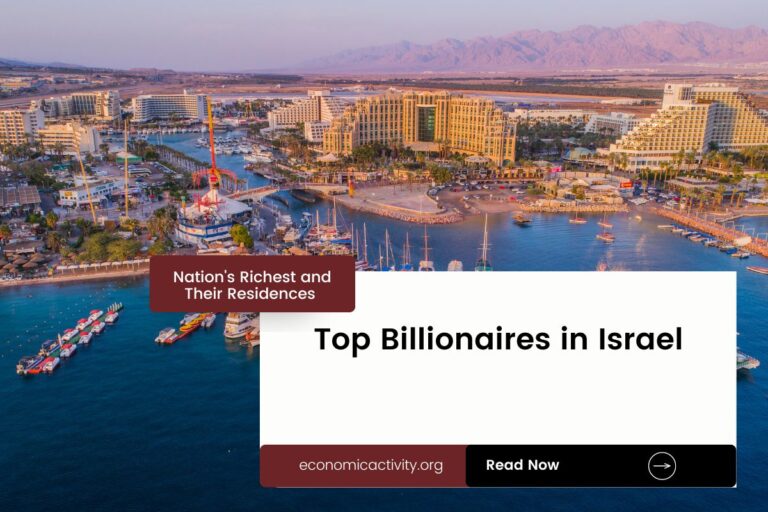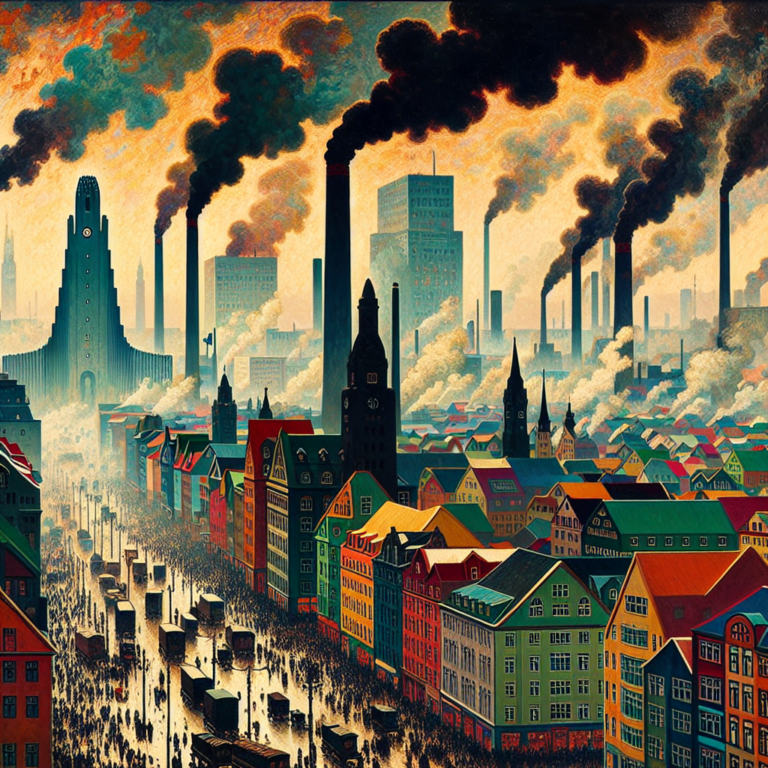What is the economic system of Senegal? The economy of Senegal is based on a mixed economy. The country’s economic system combines elements of a market economy and a planned economy.
Senegal’s economy is driven by mining, agriculture, fishery, and services. It is one of the top phosphate producers. Tourism and remittances also contribute significantly. Senegal is developing infrastructure and industry, including a growing focus on renewable energy and information technology.
In Senegal, the economy is composed of a private sector, consisting of individuals and businesses that make autonomous decisions based on self-interest, and a public sector, where the state determines the production and distribution of certain goods and services. No country is purely capitalist or purely communist.
What do the freedom indexes tell about the economic system of Senegal?
Now, to determine if a country is mostly a market economy or a planned economy, it is useful to examine some economic indexes. For instance, according to the 2022 Index of Economic Freedom, which measures the ability of every human to control his own labor and property, Senegal is ranked 88th globally and 8th in Sub-Saharan Africa indicating that the country has a moderately free economy.
In a similar way, the 2022 Freedom House index evaluates the state of political rights and civil liberties globally. Generally, market economies tend to align more with democracy and freedom, while command economies tend to be characterized by greater state control and fewer democratic and civil liberty protections. Senegal gets a score of 68/100, which qualifies it as Partly Free.
Senegal has a government that does not control what people do, and people can make their own economic decisions. Still, it is only considered an electoral democracy, lacking full liberal democratic protections.
The Link Between Public Sector Employment and the Economic System of Senegal
An indicator of the extent to which the State is involved in the economy is the number of public sector employees. In Senegal, according to ILOSTAT, the number of public sector employees as a percentage of the total workforce is 6.3% (2019).
In the country’s mixed economy, the number of public sector employees as a percentage of the total workforce varies based on the specific policies and practices adopted by the State.
Some economic activities are left to the private sector while others are under government control. The bigger the public sector the closer the economy is to being a command economy.
What do the biggest companies in Senegal say about the country’s economic system?
The biggest company in Senegal should also be looked at, as well as whether it is a state-owned or private company. In this case, Sonatel is a leading telecommunications provider in West Africa. It offers mobile, internet, and TV services.
The company is partially owned by the Senegalese government and the French multinational telecommunications corporation Orange S.A., with the latter holding a majority stake. The state has influence in the operations of the biggest companies in the country.
The historical factors that have influenced the economic system of Senegal
The current mixed economy system of Senegal is a result of a combination of factors, including the country’s colonial history, its post-independence economic policies, and its current economic development strategies.
Colonial rule left Senegal with a legacy of unequal access to resources and a lack of economic diversification. Post-independence policies focused on state-led industrialization and import substitution, while current strategies emphasize private sector-led growth and export promotion.





Leave a Reply